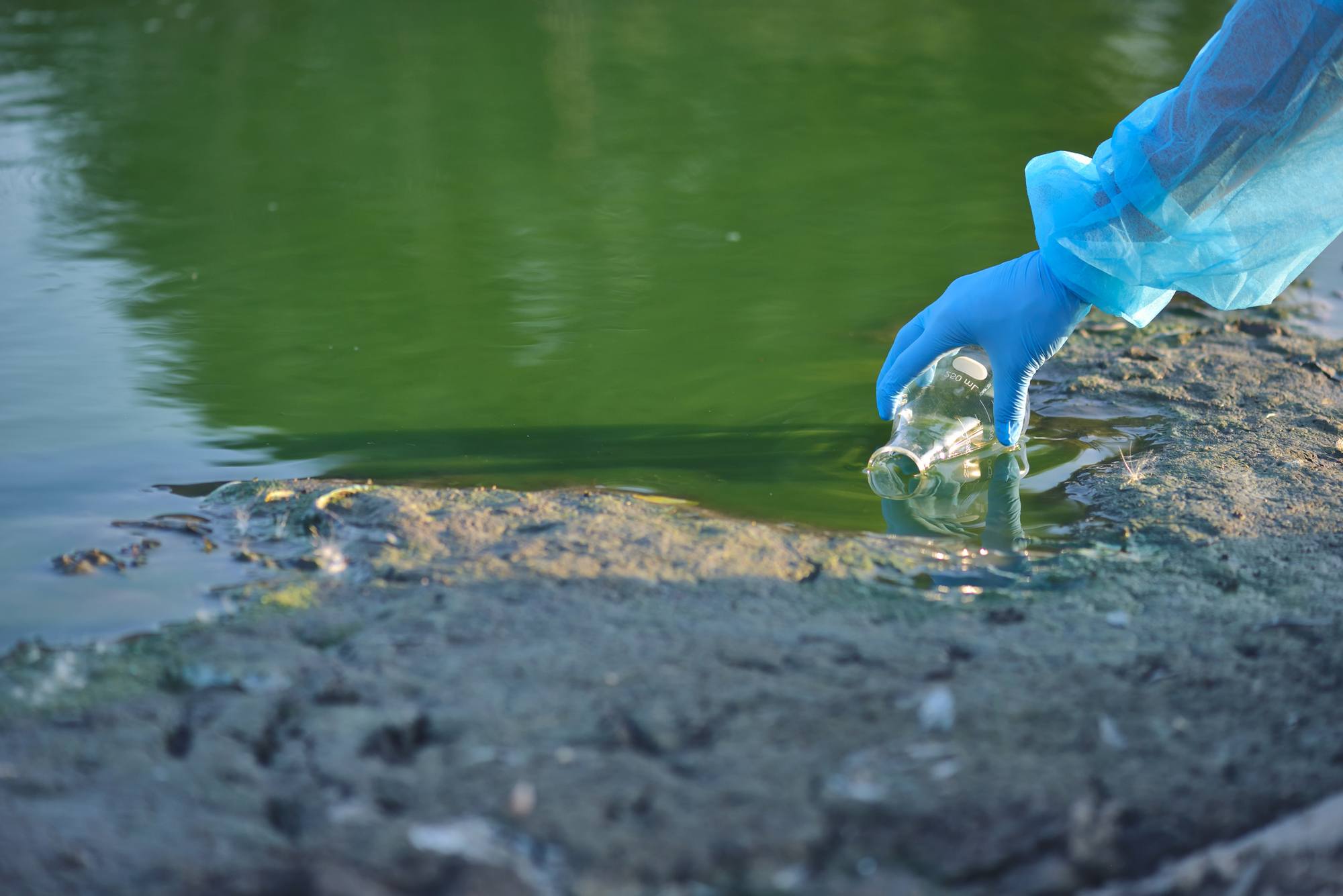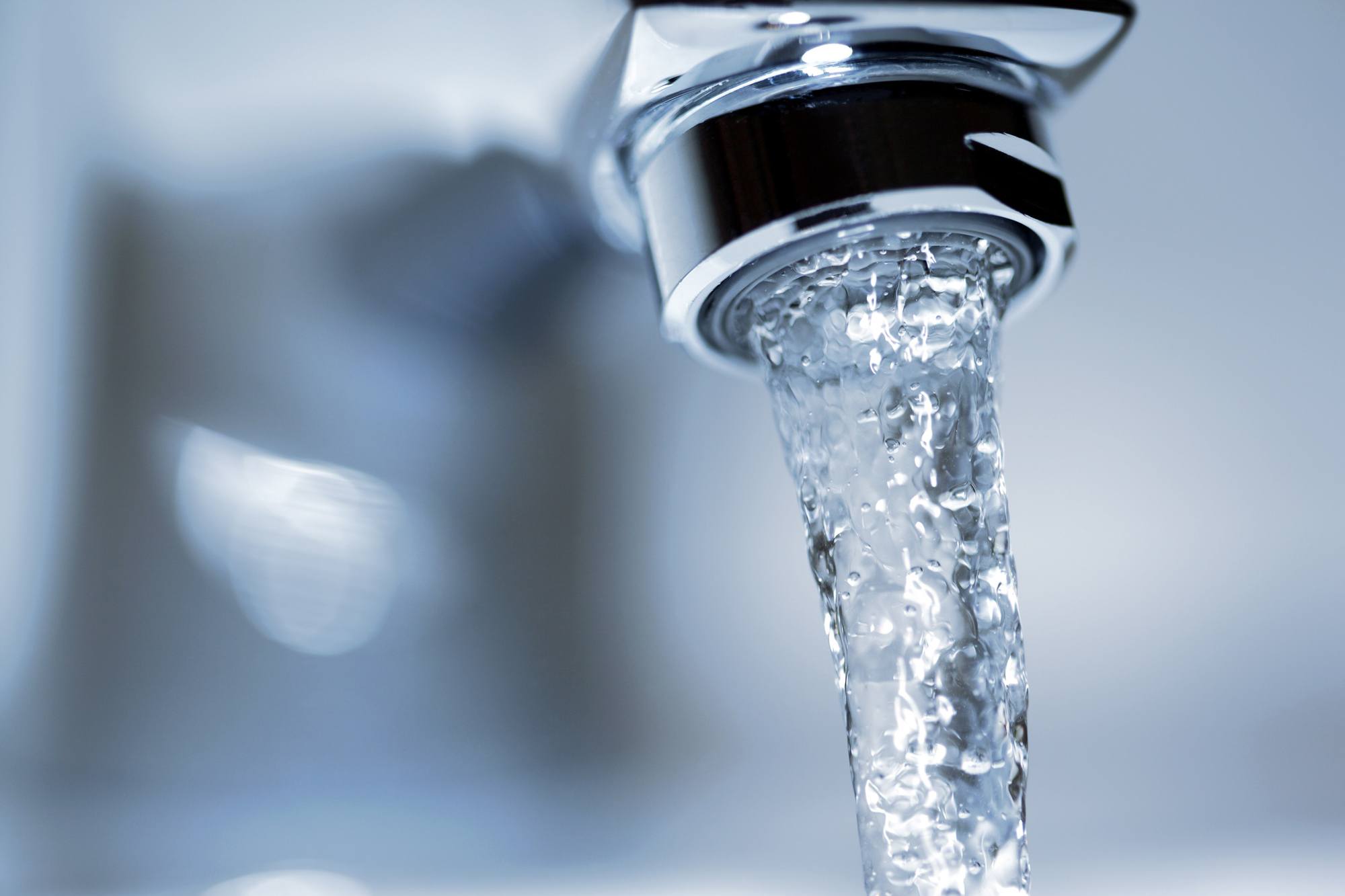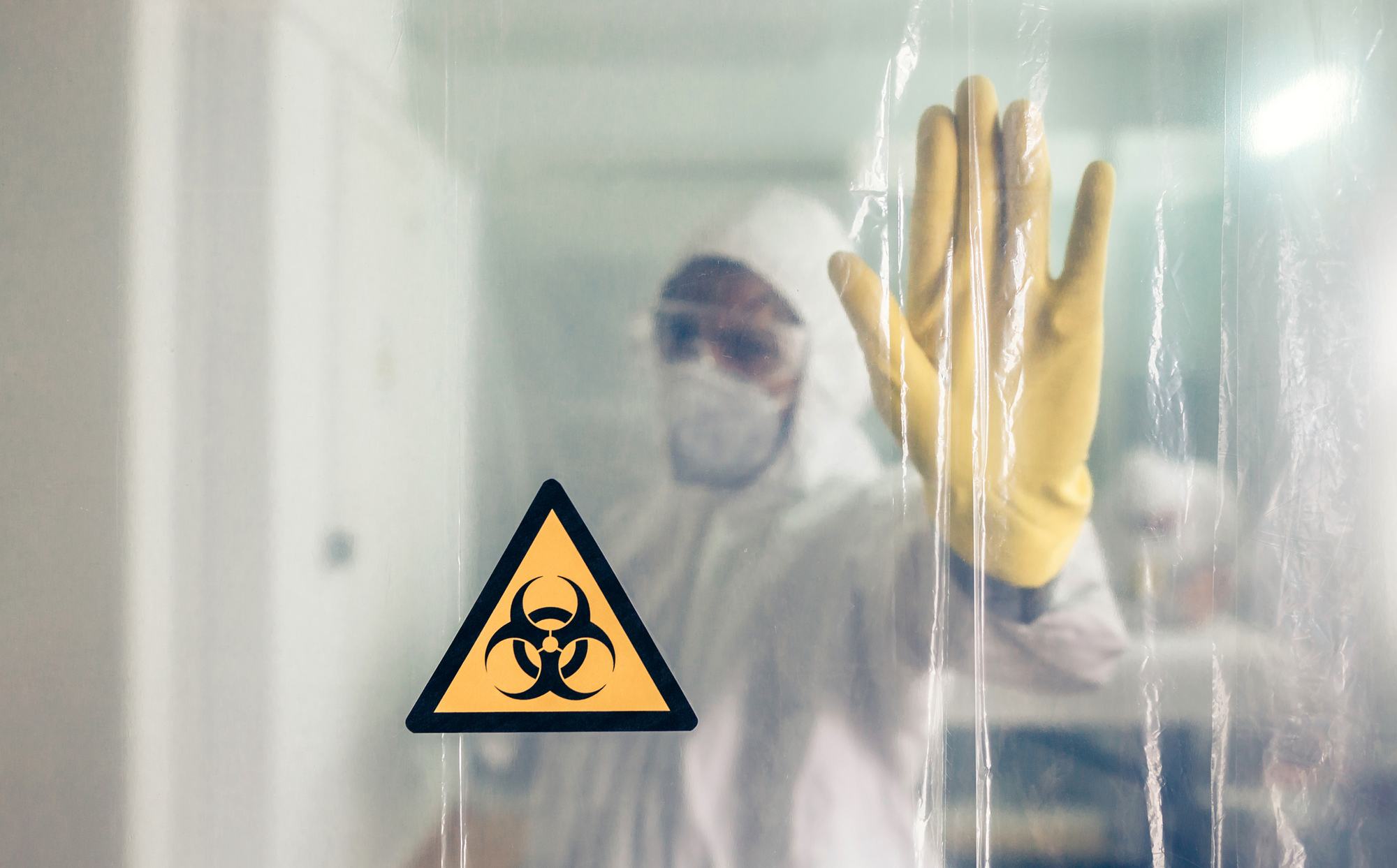
Education
Legionnaires’ Disease: History, Burden, and Risk Mitigation
The History of Legionnaires’ Disease
Legionella pneumophila first became known after a 1976 outbreak at the Philadelphia Convention for the American Legion. Retired veterans began falling ill with a strange and serious form of pneumonia, but no identifiable source was found. After ruling out possible causes, like heavy metal poisoning from dinnerware, the culprit of the mystery outbreak was identified as a previously unknown waterborne pathogen lurking in the rooftop of a cooling system. The threatening pathogen was aerosolized via steam from the cooling units and was carried throughout the building infecting those who unknowingly encountered it. Veterans within the building were not the only victims, as people who briefly passed by the hotel found themselves falling ill as well. The discovery of this pathogen, now known as Legionella, after its American Legion birthplace, contributed to a better understanding of prior infections. After continued research, public health officials were able to draw connections between Legionella, Legionnaires’ Disease, and Pontiac fever.
The Burden of Legionella Infection and Outbreaks
Since 2000, the number of Legionnaires’ Disease cases reported to the Centers for Disease Control (CDC) has increased. Legionella can be found around the globe, and in the United States alone, has an estimated infection rate of 25,000 individuals annually. It’s also important to note that Legionnaires’ Disease is underdiagnosed, meaning the incidence numbers is likely an underestimation of true case numbers.
An analysis from 2017 identified that 76% of the jurisdictions surveyed reported confirmed cases of healthcare associated infections (HAIs) involving Legionella. These HAIs are most serious in at-risk patients with compromised immune systems, such as elders, children in neonatal care units, and surgery patients.
The cost of Legionnaires’ treatment, facility remediation, and lost business is enormous. In a study from 2014 it was estimated the lifetime economic burden totals ~$835 million in the United States alone.(1) This number is staggering and yet does not even begin to address the human impact or damage to a facility’s reputation.
“[In 2010], Inpatient hospitalization costs per case averaged more than $34,000 for Legionnaires’ disease…”
Centers for Disease Control (CDC)
Reducing Risk of Legionnaires’ Disease
While Legionella can be found naturally in both water and soil, it becomes hazardous to human health when it is allowed to multiply in poorly maintained water reservoirs such as industrial cooling towers, HVAC systems, and premise plumbing systems of healthcare and commercial facilities. Legionella is aerosolized and carried in particulate droplets and mist from showers, faucets, and ice machines, and can easily spread within the wards of a hospital or clinic. When left undetected, infections begin to develop, placing patient safety in jeopardy. This stresses the importance of understanding how Legionella thrives and what can be done to mitigate risk.
Develop a Robust Water Management Plan
Recently, the regulations surrounding water management for Legionella have been getting stricter on both federal and state levels. Organizations like the Joint Commission, CDC, and ASHRAE offer guidelines and safety standards on water management and outbreak prevention, while states have been creating legislation to combat the risk of Legionella within high-risk locations. Engineering, Facilities, and Plant Operations Managers must understand how these guidelines and regulations apply to their facilities to reduce the risk of HAIs and determine responses to outbreaks and compromised water events.
Routine cleaning and maintenance of aerosolizing equipment and having FDA-cleared infection control filtration at every surgical sink are just some of the considerations that healthcare facilities should include in their water management plans. We complement your plan with a variety of filtration options, water evaluation services, facility audits, and educational resources for programmatic support.
Understand What’s in Your Water
There is no safe level of Legionella in building water systems. Water management plans require regular monitoring of water quality parameters to ensure building water systems are operating in ways that minimize conditions for Legionella to grow. Routine testing helps establish a baseline measurement for performance indicators, validate a water management plan, identify areas for potential growth, and investigate sources of exposure for at-risk patients. When a Legionella outbreak does occur, water testing can confirm the success or failure of remedial treatment.
Facilities need reliable, fast methods to monitor the efficacy of their water management plans, identify sources of outbreaks when they occur, and determine areas of highest risk. Traditional testing methods require water samples to be sent to a lab, but water testing technologies are consistently being developed, allowing teams to detect Legionella in water proactively and efficiently.
Know Your Filter Capabilities
Cases of Legionnaires’ disease have been associated with very low levels of Legionella in building water systems, so it’s crucial to equip sinks, showers, ice machines, and other aerosolizing equipment with filters capable of retaining bacteria and viruses. Placing a secondary barrier between initial water treatment and patients, staff, and visitors can reduce the risk of waterborne pathogens compromising human health.
While many filters on the market today have a pore size small enough to capture and retain Legionella pneumophila, it’s important to choose a solution with a long life in the case of an outbreak or compromised water event. Our S100 point-of-use infection control filters feature 0.1-micron technology that offers effective protection from waterborne pathogens for 90 days. This long life allows Engineering, Facilities, and Plant Operations Managers the time necessary to formulate and implement a programmatic plan.
Ice machines are often overlooked as a critical control point because the bacteria is unable to grow in cold conditions. However, it can survive freezing, and ice machines provide an environment that promotes bacterial growth due to compressors that warm water lines leading to the machine. Most ice machines are filtered with sediment and carbon filters, but for areas that house at-risk patients, a filter that retains bacteria and virus is critical for infection control. Our DSU-H in-line filter supports ice machine applications and features dual-stage, 5 nanometer membrane technology, along with a pore size that is forty-times smaller than most other commercially available micron-rated filters.
(1) National Library of Medicine; National Center for Biotechnology Information (https://www.ncbi.nlm.nih.gov/pmc/articles/PMC7774564/)
Want to learn more?
Contact us to discuss potential risks to your facility’s patient populations
Want to know more?
Reach out to discuss a facility audit and learn where to have filtration on hand


